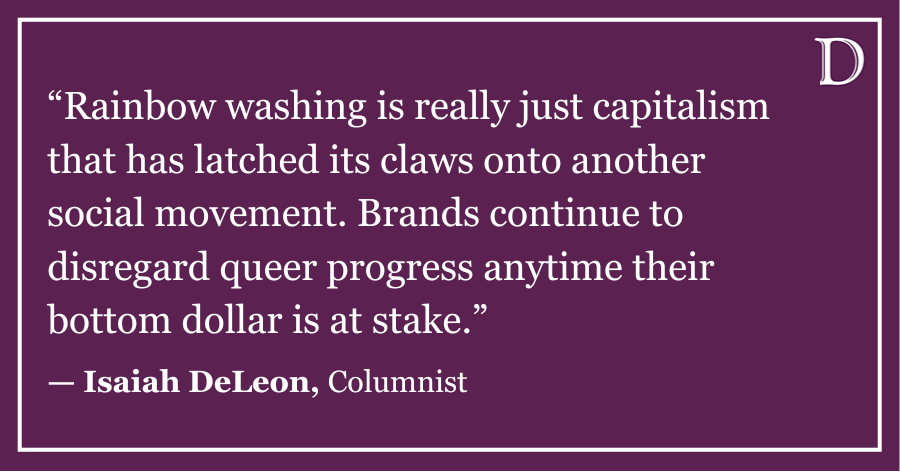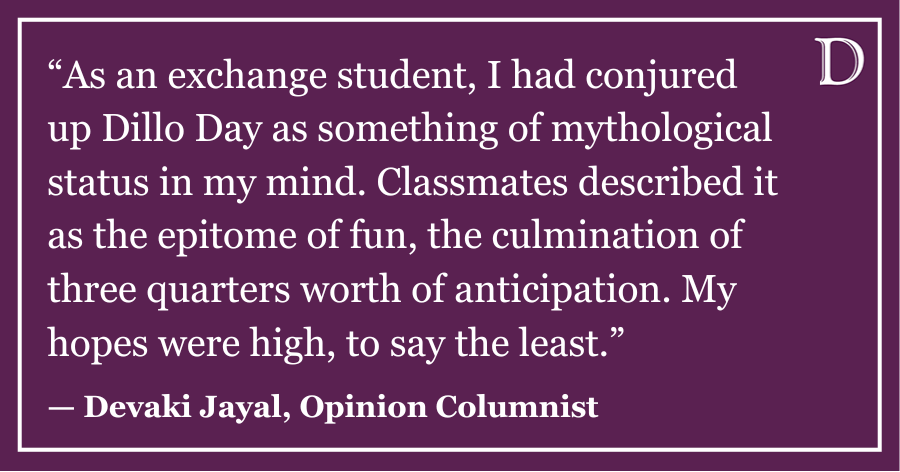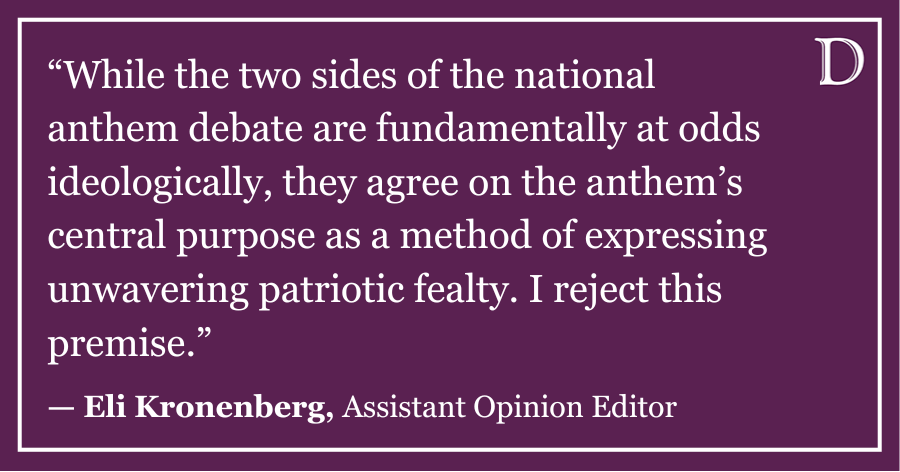This Tuesday, May 1, nominations for the 2012 Tony Awards were released. In that spirit, I’ve decided to take a look back at some Tony Award winning shows from the past. Luckily, some of the best musical theatre can be found on Netflix. Really. Yes, it’s tacky, and the experience of seeing theatre while sitting in bed feels like cheating, but the Netflix library has dozens of Tony-winning productions that haven’t been seen in years, many preserved by PBS’s Great Performances series. One such performance is the 2006 Broadway revival of “Company,” Stephen Sondheim’s 1970 musical about relationships, marriage and loneliness, which won the Tony for Best Musical in 1971 and for best Revival of a Musical in 2007. “Company” is, on its surface, an examination the relationships of five married couples, tied together by their one mutual friend, the perennial bachelor Bobby (a superb Raul Esparza). Each of these couples is different, from Sarah and Harry (Kristin Huffman and Keith Buterbaugh) whose relationship is so tense they settle it with a karate match, to Joanne and Larry (Barbara Walsh and Bruce Sabath) who are experts at marriage having gone through it previously multiple times themselves. All five couples are brought together for Bobby’s 35th birthday at the beginning of the show. The plot then moves through a series of vignettes as Bobby encounters each couple in their home or at a bar, finally returning to Bobby’s 35th Birthday at the end of the show. Although it focuses on five married couples, “Company” is essentially about Bobby’s loneliness. While the audience can be distracted by the antics of Bobby’s friends, each scene is really about Bobby and his reactions to them. Onstage for the entire show, Bobby flits from couple to couple dispensing skeptical, noncommittal witticisms. Pretty soon it’s clear that Bobby has closed himself off. Esparza delivers a powerful performance – harsh, angry, honest and existentially sad. John Doyle’s clever direction makes the plot less linear but the story far clearer. In this production of “Company,” Doyle has each of the actors play an instrument, all except Esparza’s Bobby. This has interesting consequences for the plot. When during “Side by Side by Side” each couple breaks out to do a short instrumental duet with each other, Bobby is left alone, unable to make music with anyone. When Bobby begins to play the piano in the very last number, the cathartic “Being Alive,” it is an incredible moment not only because of what exactly Bobby is saying, but because Doyle’s emphasis on these actors-as-musicians makes Esparza’s piano playing all the more significant. The set is bare, evocative rather than descriptive, with a sparsely furnished stage and four translucent cubes standing in for all sorts of chairs, sofas and balconies. This technique ensures that the focus is entirely on the characters. Of course, even this standout production of “Company” would just be a cute commentary on romance if not for Sondheim’s commanding music. Standout songs include the classic “Ladies Who Lunch” and my personal favorite, “Getting Married Today.” Sondheim’s clever lyrics and interesting music make “Company” superb, rather than just good. For those of us who want to see award winning theatre without paying for a flight to Broadway in New York City, at least we have Netflix. Grab a scotch (like Bobby does throughout the show), a laptop and curl up with “Company.” -Avi Small
July 17, 2024
Hundreds of soccer enthusiasts and community members gathered at the Robert Crown Community Center on...
July 16, 2024
Northwestern Police Department issued four class A misdemeanor citations this month to individuals involved...
July 11, 2024
City Council approved the city’s plan to apply for a $2 million federal grant to renovate Hilda’s...
July 10, 2024
City Council expanded eligibility for the guaranteed income program and approved an exemption for athletic...
July 8, 2024
A 41-year-old male went missing swimming at Lighthouse Beach on June 30, and a body discovered about...
July 8, 2024
Every Fourth of July, Evanston residents crowd Central Street for the city’s award-winning parade,...
July 3, 2024
A conservative activist group filed a lawsuit Tuesday against the Pritzker School of Law alleging its...
Alex Perry, Staff Writer
It’s a personal hell of mine to exist as a journalist and a habitually private person. From my understanding,...
June 4, 2024
Haner: A love letter to the multimedia room
June 4, 2024
July 25, 2024
With just over a month until Northwestern’s Aug. 31 season opener against Miami (Ohio) at Martin Stadium, coach David Braun, graduate student running back Cam Porter, graduate...
Independent review of athletics department released, puts forth key recommendations
June 27, 2024
Northwestern hosts groundbreaking ceremony at Ryan Field construction site
June 25, 2024
Emily Kim, Digital Managing Editor
June 19, 2024
Run clubs are the latest craze, and West Twn Brew Crew is one of many in Chicago. Combining fitness and socializing over coffee, this club is all about “running with friends.” Email:...
Edward Simon Cruz, Assistant Audio Editor
May 19, 2024
Communication Prof. Barbara Butts believes stage management requires a diverse set of leadership skills, and she wants her students to be able to use them both inside and...

















